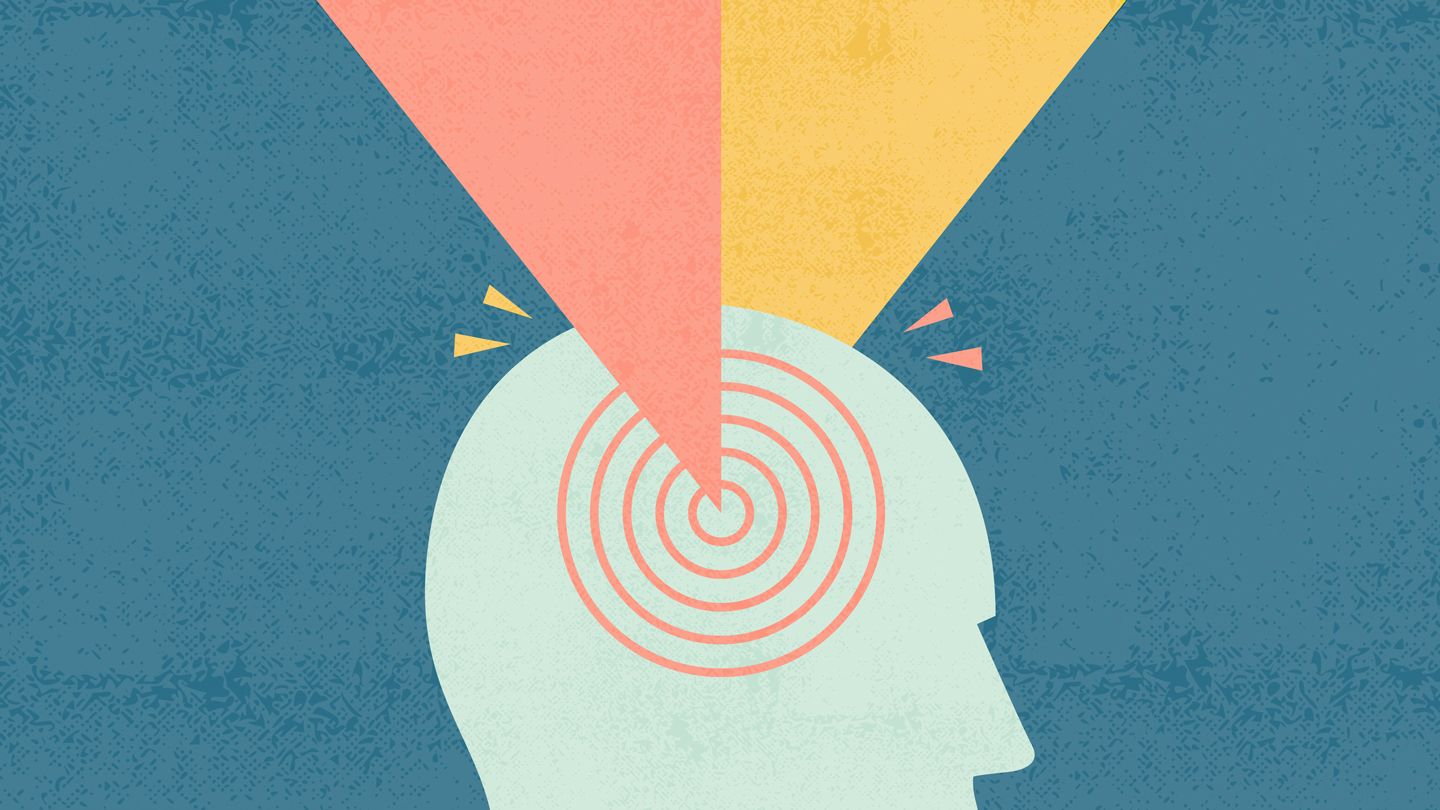Understanding Seasonal Depression
As the days get shorter and colder in the fall and winter months, many people start experiencing symptoms of low mood, fatigue, changes in appetite and sleep patterns. This condition is known as seasonal affective disorder (SAD) or seasonal depression. It is estimated that around 5% of adults in the U.S. experience SAD every year.
The main cause of seasonal depression is believed to be the lack of natural sunlight in the fall and winter months. The change in sunlight exposure impacts serotonin and melatonin levels in the brain, which regulate mood, sleep and appetite. Some people seem to be more sensitive to these light-related changes, making them more prone to seasonal depression.
Symptoms of seasonal depression often start in the late fall or early winter months and go away during the sunnier days of spring and summer. However, some people experience seasonal depression in the summer too. The key factor is change in seasons, not necessarily cold or dark weather.
Common Symptoms of Seasonal Depression
Many of the symptoms of seasonal affective disorder mirror clinical depression and include:
- Feeling depressed, sad, down or hopeless
- Losing interest in activities you used to enjoy
- Having low energy and feeling fatigued
- Sleeping too much or trouble sleeping
- Experiencing changes in appetite and weight
- Difficulty concentrating or making decisions
- Feeling sluggish or agitated
- Having frequent thoughts of death or suicide
In addition to these typical depression symptoms, seasonal affective disorder also causes some specific symptoms related to changes in seasons like:
- Craving carbs and sweets
- Gaining weight
- Oversleeping
- Social withdrawal
Take This Seasonal Depression Quiz
If you think you may be experiencing seasonal depression, take this simple quiz to find out.
Over the past 2 weeks, how often have you:
(Answer with one of the following options - Nearly every day, More than half the days, Several days, Not at all)
- Felt down, depressed or hopeless?
- Felt little interest or pleasure in doing things?
- Felt tired or had little energy?
- Had trouble falling asleep, staying asleep or sleeping too much?
- Felt bad about yourself or felt you were a failure?
- Had poor appetite or been overeating?
- Had difficulty concentrating on routine chores and activities?
- Felt that you were moving or speaking slowly?
- Thought you would be better off dead or hurting yourself?
Over the past 2 weeks, how often have you:
- Wanted to eat more carbs and sweets?
- Gained weight?
- Slept too much?
- Avoided social activities?
- Felt fatigued and sluggish?
Scoring Your Seasonal Depression Quiz
Give yourself 1 point for each "More than half the days" answer and 2 points for each "Nearly every day" answer.
0-4 points: You may not have seasonal affective disorder. The symptoms could be due to other factors like stress or illness.
5-9 points: You have mild seasonal depression symptoms. Seek help from a mental health professional.
10-14 points: You have moderate seasonal depression symptoms. Treatment is recommended.
15+ points: You may have severe seasonal depression. It's important to see a doctor right away.
Seeking Help for Seasonal Depression
If your seasonal depression quiz results indicate you have symptoms of SAD, it's important to talk to your doctor or mental health professional. A combination of talk therapy, light therapy and medications can help provide relief.
Some tips to alleviate symptoms of seasonal affective disorder include:
- Using a light therapy box that emits bright light to simulate sunlight
- Maximizing natural light exposure by opening blinds and sitting near windows
- Exercising regularly to boost endorphins
- Sticking to a sleep schedule to regulate circadian rhythm
- Trying mind-body practices like yoga and meditation
- Spending time outdoors and taking frequent walks
- Arranging get-togethers with friends and family
- Starting a new hobby that you enjoy
- Making your environment more colorful and cheerful
- Considering antidepressant medication if symptoms are severe
When to See a Doctor
You should make an appointment with your doctor if seasonal depression is making it hard for you to function in your daily life. Some signs that indicate you need professional help include:
- Depressed mood most of the day, nearly every day
- Weight changes of more than 5% of your normal weight
- Sleeping too much or too little
- Fatigue or loss of energy
- Loss of interest in activities
- Feelings of worthlessness or hopelessness
- Difficulty concentrating or making decisions
- Suicidal thoughts
Your doctor can check for any underlying medical conditions that may be causing symptoms. If the diagnosis is SAD, they may recommend light therapy, psychotherapy, medication or a combination of treatments that can help you manage seasonal depression.
Living with Seasonal Affective Disorder
If you have seasonal depression, there are some lifestyle changes and self-care strategies you can adopt to ease your symptoms:
Boost Light Exposure
Since lack of sunlight triggers SAD, increasing light exposure is key. Use a light therapy lamp, maximize natural light, and spend time outdoors even on cold or cloudy days.
Exercise Regularly
Physical activity has been shown to improve depression by releasing feel-good endorphins and boosting serotonin levels. Aim for 30 mins of exercise daily.
Try Mind-Body Practices
Yoga, meditation and breathing exercises can help relieve stress and anxiety. Apps like Calm, Headspace and Insight Timer offer guided sessions.
Socialize More
Loneliness and isolation tend to make SAD worse. Make plans with supportive friends and family. Join a seasonal depression support group.
Improve Your Sleep
Lack of sunlight can disrupt circadian rhythms. Stick to a regular sleep-wake schedule and limit electronics use before bedtime.
Watch What You Eat
Craving carbs and sweets is common with SAD. Limit sugar intake, eat more protein and fruits/veggies to stabilize mood and energy.
Consider Antidepressants
If symptoms are severe, ask your doctor about antidepressant medication like SSRIs or bupropion to manage SAD.
While living with SAD has its challenges, using healthy lifestyle habits, light therapy and psychotherapy can help reduce the impact on your daily life. With time, your symptoms should start improving as the seasons change.
FAQs
What causes seasonal affective disorder (SAD)?
The main cause of SAD is believed to be lack of sunlight during the fall and winter months. The change in sunlight exposure impacts serotonin and melatonin levels, which regulate mood, sleep and appetite.
How is SAD diagnosed?
SAD is diagnosed based on symptoms that occur during specific seasons for at least 2 years. A doctor may give a physical exam and lab tests to rule out other conditions causing the symptoms.
When do SAD symptoms start and end?
For winter-pattern SAD, symptoms typically start in late fall or early winter, peak in January and February, and subside in spring. Summer SAD follows an opposite pattern.
What are the treatment options for seasonal depression?
Light therapy, talk therapy, antidepressants, regular exercise, spending time outdoors, maintaining healthy sleep and eating habits can help manage SAD symptoms.
Can you take the SAD quiz if you have depression year-round?
Yes, the SAD quiz can still give an indication of whether seasonal changes worsen your regular depression symptoms. Consult your doctor for an evaluation.
Disclaimer: This article is for informational purposes only and does not constitute medical advice. Always consult with a healthcare professional before starting any new treatment regimen.
Related Coverage
Ketamine and lexapro are being used together to rapidly treat severe, stubborn depression. Learn how ketamine provides fast relief while lexapro sustains long-term benefits....
Depression can make you feel disconnected from your partner. But falling out of love is gradual, not sudden like depression. Ways to reignite closeness....
Psychotic depression causes a detachment from reality with hallucinations, delusions and confused thinking. With proper diagnosis and treatment, recovery is possible....
This in-depth article examines depression's symptoms, causes, treatments, and myths that it's not real. Learn how to identify depression and cultivate community support....
Navigating the transition from Lexapro to Zoloft requires caution to minimize the risk of serotonin syndrome. This guide covers understanding serotonin syndrome, tapering off Lexapro, introducing Zoloft, and following a safe approach....
Many celebrities surprisingly don't drive, citing reasons like failing driving tests, license suspensions, preferring to be chauffeured, and finding driving too stressful....
When supporting someone with depression, avoid saying certain dismissive or guilt-inducing phrases. Learn compassionate alternatives that provide hope rather than harm....
Depression often causes overwhelming household mess. Research shows professional cleaning services and gradual tidying routines gently help restore order to aid mental health....
Take our seasonal depression quiz to check if you have symptoms like low mood, fatigue, oversleeping, weight gain and cravings. Learn about light therapy and lifestyle remedies for SAD....
Losing a husband triggers immense grief that often causes unintentional weight gain or loss. Discover compassionate tips for managing healthy weight through bereavement....









